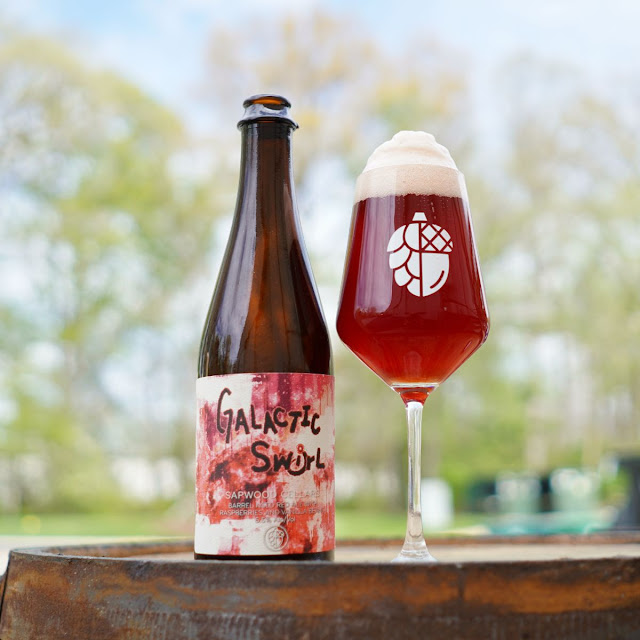We are back from summer vacation to discuss some pretty interesting beer stuff, including: TAPS Fish House and Brewery news. Anchor Brewing news. How does Stone/Sapporo fit in? The Anchor […]
The post Podcast EP 254 – Discussing Anchor, TAPS And More! appeared first on The Full Pint - Craft Beer News.
































